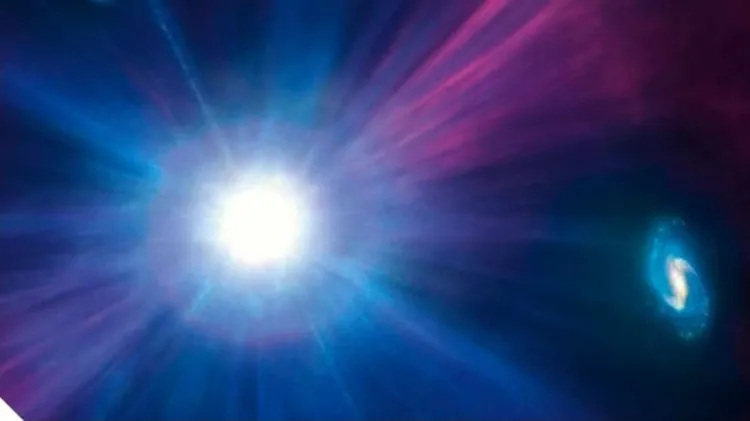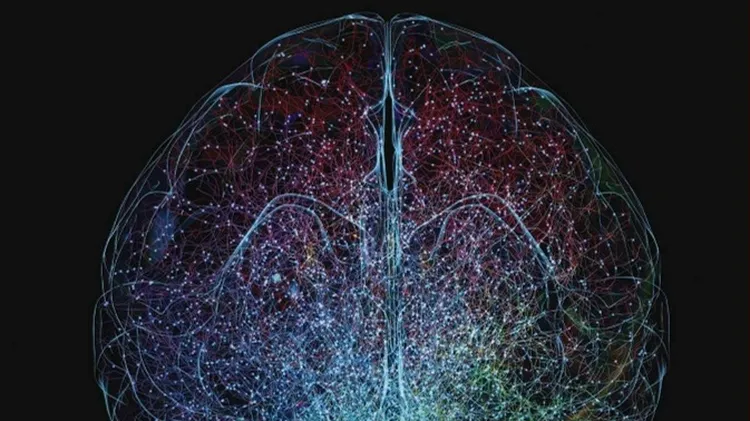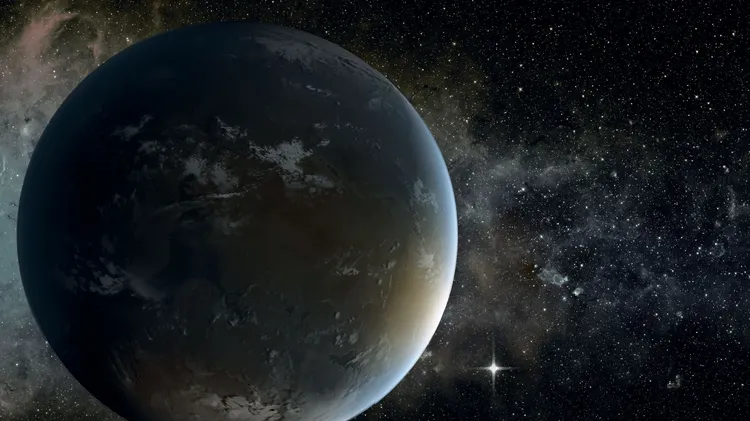THE UNIVERSE IS EXPANDING. AND WE CAN MEASURE THE SPEED OF ITS EXPANSION. T
The hubble tension
5 min read
This article is from...
Read this article and 8000+ more magazines and newspapers on Readly






